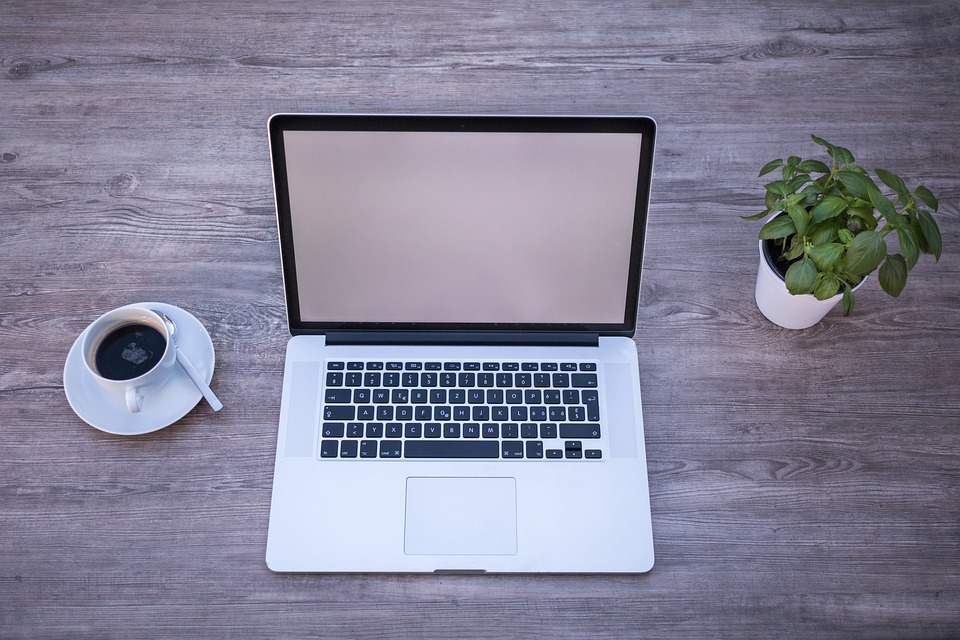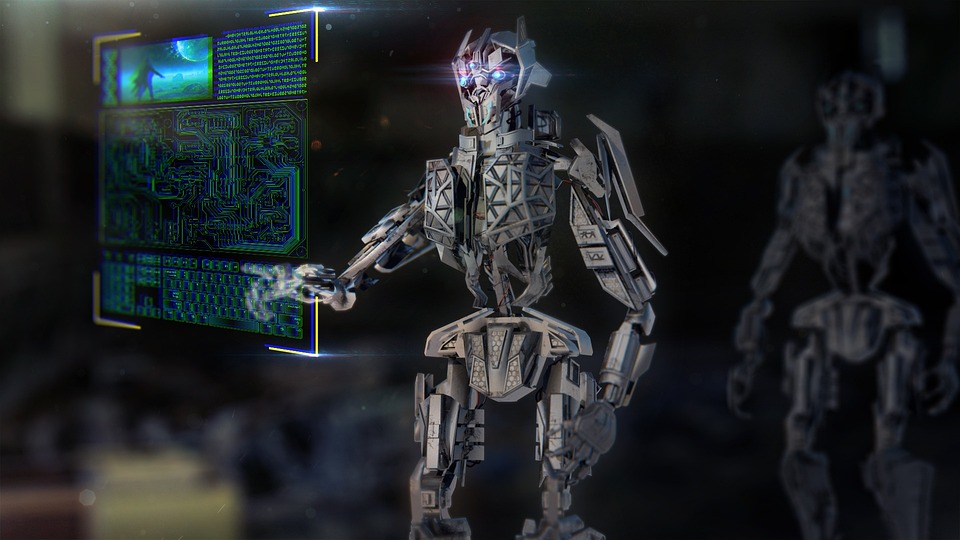From Code to Canvas: Exploring the Emergence of AI-Generated Art
Art has always been a reflection of human creativity and imagination. Throughout history, artists have used various mediums and techniques to express their ideas and emotions. However, with advancements in technology, we are now witnessing the emergence of a new form of art – AI-generated art. This article aims to delve into this fascinating realm where algorithms and machines are transforming the art world.
What is AI-generated art?
AI-generated art refers to artwork that is created or enhanced by artificial intelligence algorithms. These algorithms can analyze vast amounts of data, learn patterns, and generate new compositions based on the input data. This process involves training the algorithm with a dataset of existing artworks or other visual content, allowing it to understand different styles, colors, and forms. The algorithm then generates new artworks that mimic or blend these learned elements, resulting in unique artistic outputs.
How does AI create art?
The creation of AI-generated art involves a series of steps. Firstly, a dataset of images is compiled, ranging from famous paintings to photographs or digital artwork. The algorithm is then trained on this dataset, enabling it to learn the underlying patterns and characteristics of the images. Once trained, the algorithm can generate new images by combining and iterating on the learned elements.
One popular technique for AI-generated art is called generative adversarial networks (GANs). GANs consist of two neural networks – a generator and a discriminator. The generator creates new images, while the discriminator determines whether these images are authentic or generated. Through a feedback loop, both networks improve their abilities, resulting in increasingly realistic and intriguing art pieces.
AI-generated art has the potential to break artistic boundaries by exploring new styles and interpretations that humans may not have considered previously. Moreover, it can create artworks at an unprecedented speed and scale, allowing for more experimentation and collaboration within the art community.
Controversy and ethical concerns
As AI-generated art gains recognition and popularity, questions regarding authorship and creativity arise. Who should be attributed as the artist – the human creator of the algorithm or the algorithm itself? Can an algorithm truly exhibit creativity? These questions challenge traditional notions of art and push us to reconsider the role of the artist and the impact of technology.
Another ethical concern lies in the potential for AI-generated art to replicate or plagiarize existing artworks. While algorithms are trained on existing images, there is a risk that they may unintentionally produce works resembling copyrighted or trademarked material. This raises legal and ethical dilemmas, as artists or creators may feel their work is being devalued or exploited. Establishing guidelines and regulations to protect originality and intellectual property is crucial as AI-generated art continues to evolve.
The impact on the art world and market
AI-generated art has been making waves in the art world, captivating both artists and collectors. It offers a fresh perspective on creativity and challenges preconceived notions of what constitutes art. Galleries and museums are increasingly showcasing AI-generated artwork, attracting visitors intrigued by this new artistic medium.
Moreover, the art market has recognized the potential value of AI-generated art. In 2018, an algorithmically generated artwork, “Portrait of Edmond de Belamy,” was sold at auction for $432,500. This marked a significant moment, as it was the first-ever AI-generated artwork to be auctioned at a major auction house. This sale proved that AI-generated art can hold value and be considered collectible.
FAQs:
Q1: Can AI-generated art replace human artists?
A1: AI-generated art should be seen as a complementary tool rather than a replacement for human creativity. It can push boundaries and inspire new ideas, but it lacks the human experience and emotions that are often the driving force behind artistic expression.
Q2: Is AI-generated art genuine or just a copy of existing styles?
A2: While AI-generated art heavily relies on existing styles and influences, it can also create innovative and unique compositions. The algorithm learns from the dataset provided but has the flexibility to generate novel combinations and interpretations.
Q3: Does AI-generated art have any creative limitations?
A3: AI-generated art is limited by the dataset it is trained on and the algorithms driving it. It may struggle to produce novel styles that have not been encountered in the training process. However, advancements in AI technology are continuously expanding these creative horizons.
Q4: Can anyone create AI-generated art, or is it only for experts in programming?
A4: While programming skills are an advantage, there are user-friendly tools and platforms available that allow artists, regardless of their programming expertise, to explore and create AI-generated art. These tools provide a bridge between the artistic vision and the technical implementation.
Q5: Where do you see the future of AI-generated art?
A5: AI-generated art has already made a significant impact, and its influence will only continue to grow. It has the potential to inspire new art movements, collaborations, and interdisciplinary practices. As technology advances, we may witness the emergence of AI-generated art that goes beyond visual aesthetics and engages other senses such as sound or touch.
In conclusion, AI-generated art represents a paradigm shift in the art world, challenging traditional notions and pushing artistic boundaries. While ethical concerns and questions of authorship exist, it opens up new possibilities for creativity and artistic exploration. The emergence of AI-generated art serves as a reminder that technology can be harnessed to augment human creativity rather than replace it, offering exciting and uncharted territory for both artists and art enthusiasts.









